Discover 11 hidden attractions, cool sights, and unusual things to do in Narva (Estonia). Don't miss out on these must-see attractions: Narva Museum, Hermann Castle, and Swedish Lion. Also, be sure to include Narva Waterfall in your itinerary.
Below, you can find the list of the most amazing places you should visit in Narva (Ida-Viru).
Table of Contents
Narva Museum
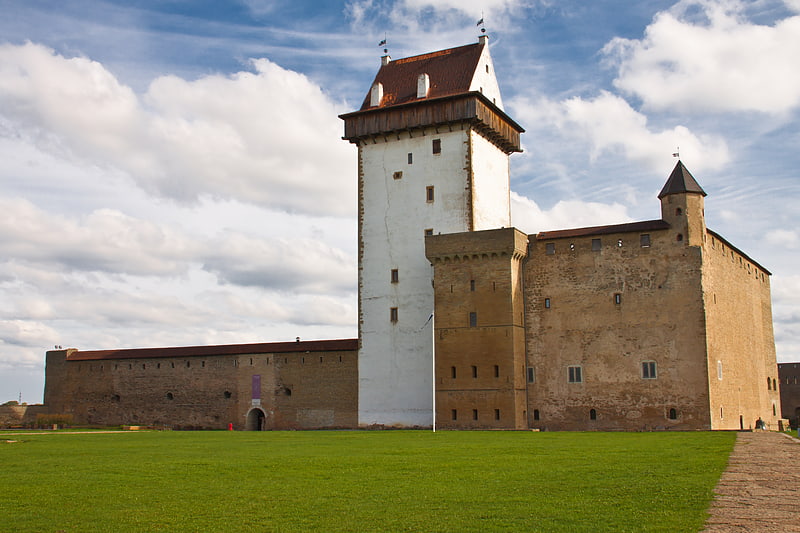
Museum. Narva Museum is a museum in Narva, Estonia. The museum is composed of the Narva Castle, the Northern Yard, and the Narva Art Gallery.
In summer 2020, new exhibition was opened in Narva Castle. This exhibition gives overview of Narva from the 13th century to the beginning of the 20th century.
The Northern Yard depicts the district of artisans, who worked in Narva since 17th century.
The Narva Art Gallery was opened in 1991.[1]
Hermann Castle
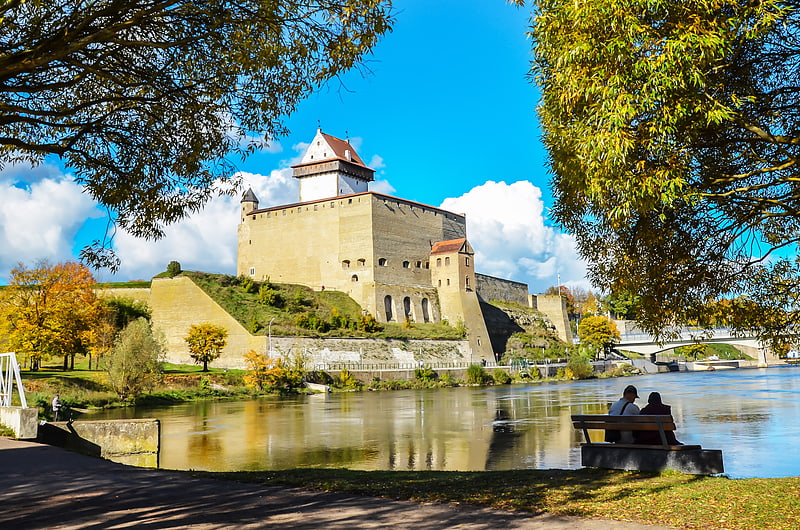
Also known as: Narva Hermanni linnus
Castle. Hermann Castle is a castle in Narva, eastern Estonia. It was founded in 1256 by the Danes and the first stone castle was built in the beginning of the 14th century. The German Livonian Order purchased the castle on 29 August 1346, and owned it for much of its history.[2]
Address: Peterburi mnt 2, 20308 Narva
Swedish Lion
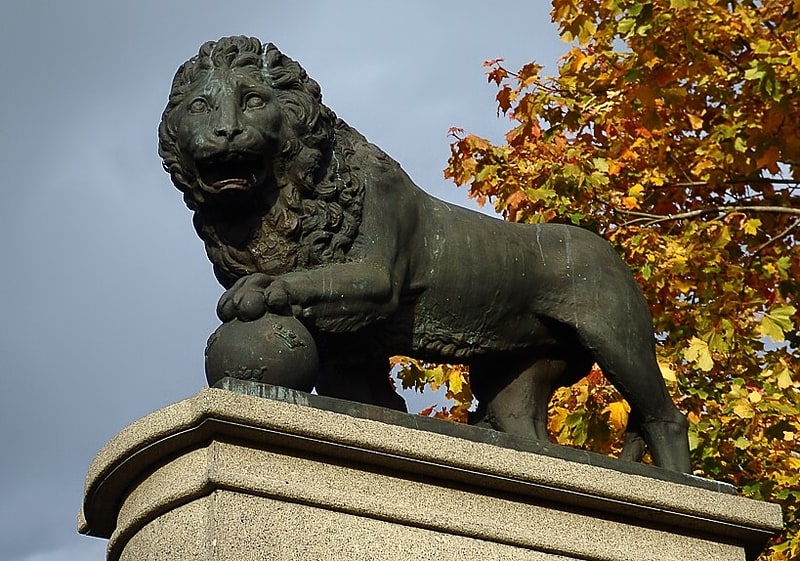
Statue by Ragnar Östberg. The Swedish Lion or The lion monument are two statues erected as monuments of the battle of Narva in 1700 in the city of Narva in Estonia.
The first version, a copy of one of the lions at the Stockholm Palace, was erected by an entrance to the city in 1936 but was destroyed during World War II. A new version, a copy of the Medici lion of the Royal Swedish Academy of Fine Arts, was erected by the Narva river in 2000.[3]
Narva Waterfall

Narva Waterfall is the waterfall on Narva River, Estonia and Russia.
Between the southeast part of the city of Narva and the rest, facing the Russian city of Ivangorod, the Narva flows over the Baltic Klint, forming Narva Waterfall, once among the most powerful in Europe. Before the water reaches the falls it is split into two branches by the Kreenholm island, thus the falls consist of two sections. Kreenholm Falls, west of the island, is 60 m wide and 6.5 m high with multiple terraces. Joala Falls, to the east, is 110 m wide and up to 6.5 m high. The Estonian–Russian border follows the eastern branch and goes through Joala Falls.
Since the creation of Narva Reservoir in 1955, the waterfalls are usually dry, but water is allowed to flow in the original channel for up to a few days every year. Access to the waterfalls is difficult as they are located in the border zone and the surrounding area on the Estonian side is closed industrial land belonging to Krenholm Manufacturing Company.[4]
Alexander's Cathedral

Also known as: Narva Aleksandri Suurkirik
Lutheran church in Narva, Estonia. Alexander's Church is a church of the Estonian Evangelical Lutheran Church in Narva, Estonia. Narva Church's original cornerstone was laid in summer 1881. It was congregated after Emperor Alexander II in fall 1883, after his assassination earlier in spring. The church was consecrated on 9 June 1884. It was given cathedral status by President Lennart Meri on 19 September 2000.
St. Alexander’s congregation of Narva went bankrupt in 2015 due to the congregation’s inability to meet financial obligations related to the reconstruction of the church tower. The cathedral building was to be auctioned, but after several requests, the auction was called off and the building was purchased by the Estonian Government and the Estonian Evangelical Lutheran Church for 375,000 euros.[5]
Address: Kiriku 9, 20308 Narva
Resurrection of Christ Cathedral
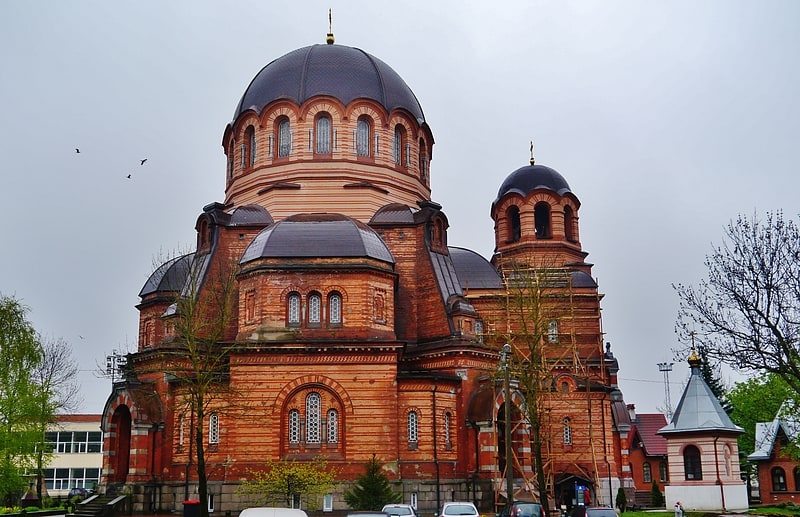
Also known as: Narva Issanda Ülestõusmise peakirik
Orthodox church in Narva, Estonia. The Resurrection of Christ Cathedral is a Neo-Byzantine style Estonian Orthodox Church of Moscow Patriarchate located in Narva, Estonia. The church was constructed between 1890 and 1896 to cater to the religious needs of the cotton mill workers of the Krenholm Manufacturing Company. The cathedral was the only building standing after the bombing of the city in 1944 during World War II.[6]
Address: Bastrakovi 4, 20308 Narva
Fama

Shopping, Historical place, Shopping centre
Address: Tallinna mnt 19C, 20303 Narva
Narva Town Hall
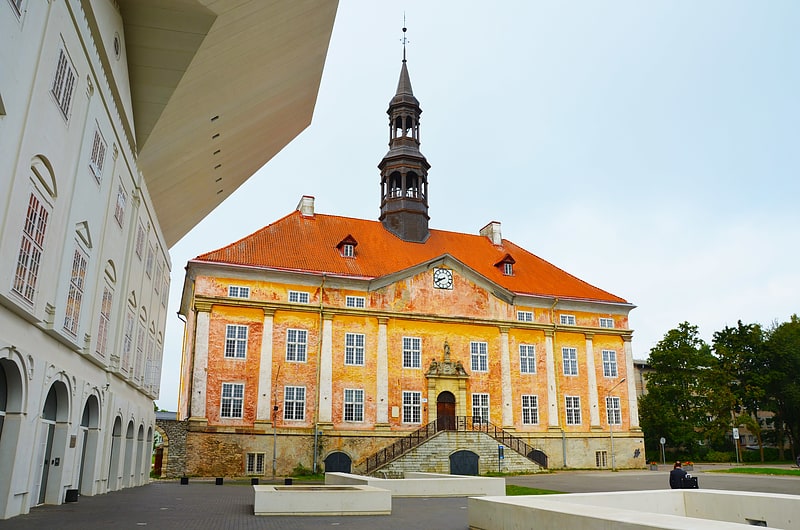
Also known as: Narva raekoda
Historical landmark in Narva, Estonia. Narva Town Hall is an historic municipal building in the city of Narva, Estonia. The building is located on Town Hall Square next to the Narva College of the University of Tartu.[7]
Address: Raekoja plats 1, 20307 Narva
Dark Garden
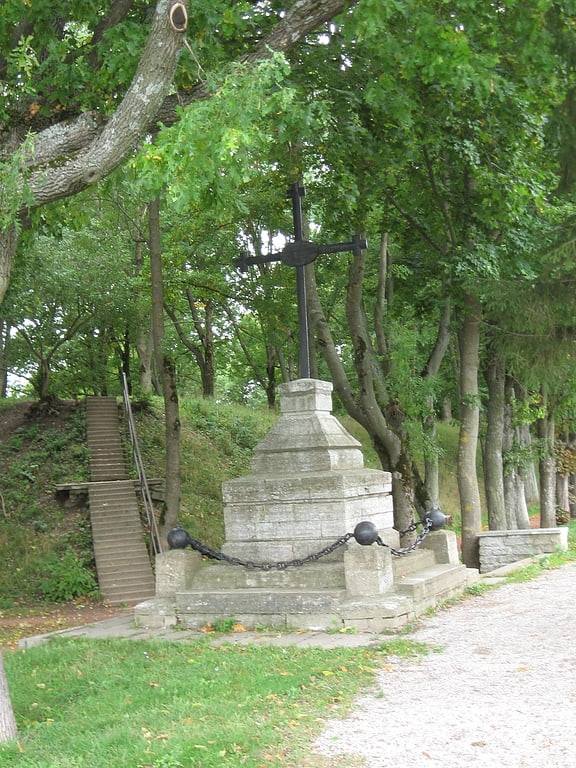
Dark Garden is a park in Narva, Estonia.
The park is Narva's oldest park. The park was found at the end of the 19th century.
In the park, there are two notable monuments: the iron cross for Russian soldiers who died during the Siege of Narva in the Great Northern War, and the second monument is for the victims who died in the Estonian War of Independence in November 1918.[8]
Victoria Bastion

Also known as: Victoria bastion
The Victoria Bastion is a fortified structure designed by Erik Dahlberg in Narva, Estonia built in 1683–1704. The bastion was destroyed in 1704 during the Great Northern War between Sweden and Russia and was rebuilt after the war. It is officially listed as part of the cultural heritage in Estonia.
Narva's largest bat colony lives in the bastion.[9]
Narva Vabadussõja mälestussammas

The Narva War of Independence Memorial is a memorial to the War of Independence in Narva.
The authors of the memorial pillar, completed in 1921 and released by the Soviet occupation authorities in the autumn of 1940, were Voldemar Mellik and Rudolf Sajor.
“Recently, the Narva Soldiers Committee has acquired the Narva Soldiers in the War of Independence. V. Melnik's statue that is now set up in the Narva Cemetery on the Iron Stone base. The monument represents a symbol of self -sacrifice, the sufferer who is held between the hands. The memorial pillar is made of concrete and over -sized ”
- August 4, 1921 Eesti Päevaleht
The pillar was restored according to the project of sculptor Ants Viitmaa and reopened on June 15, 1996.